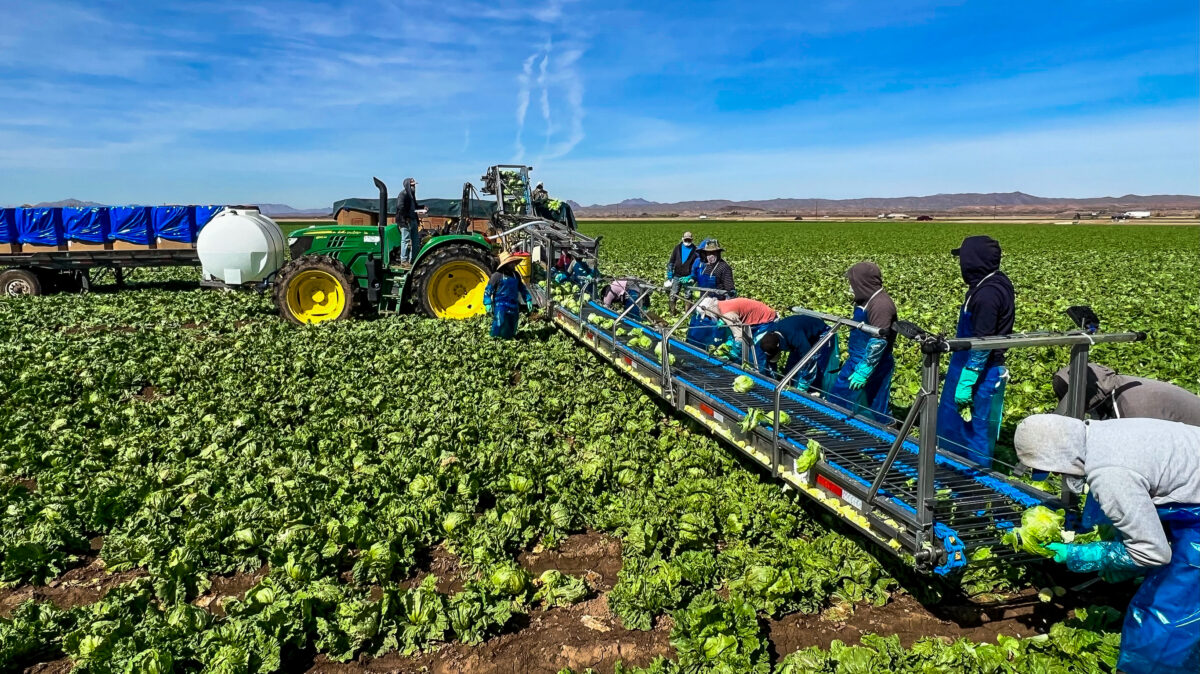Ag Calls for a Balanced Approach on Immigration Reform
Guest Author
Special Contributor to FB.org

photo credit: AFBF Photo, Terri Moore
Guest Author
Special Contributor to FB.org
Download a 60-second audio version of this column at www.fb.org.
Just about everyone running for a major federal or state office is talking about immigration reform, and it will likely be a top item on 2017 political agendas. Responsible immigration reform will need to balance homeland security and food security. Otherwise, consumers may be faced with a choice of imported workers or expensive, imported food.
Immigration reform means different things to different people. Reform proposals span from building border walls, closing borders, mass roundups and deportation of illegal immigrants and selective bans on immigration and travel for certain groups, to general amnesties, quick pathways to citizenship and completely removing any restrictions on U.S. immigration.
Despite the high-level rhetoric about what Congress and the next administration may do, little is being said about what those changes actually may mean. Unintended consequences could endanger U.S. food security, increase food prices dramatically and, potentially, cause ruinous economic damage not only to farmers and ranchers, but to all involved in agriculture and food production, processing, distribution and retailing.
U.S. agriculture is experiencing a labor crisis, and immigrants meet much of the labor demand for dairy farms, swine and poultry production, orchards, fruit and vegetable farms, and nurseries. All these businesses involve hard work that isn’t attractive to most Americans.
The unauthorized immigrant population rose from an estimated 3.5 million in 1990, to a peak of 12.2 million in 2007. Since then, it has leveled off at about 11.3 million. Of the 1.5 to 2 million agricultural workers hired annually, some 50 to 70 percent are foreign workers who lack proper immigration status.
Farmers have the ability to hire foreign workers under a government temporary worker program called H-2A. H-2A was created in the 1990s to help agricultural employers bring temporary workers into the U.S. to do seasonal work. H-2A employers are required to offer arbitrarily heightened wage rates, and both transportation and housing. H-2A visa holders live and work in the U.S. but are not considered immigrants, and the program is not a pathway to citizenship.
But H-2A regulatory changes and program administration have made the program far too slow to respond to agriculture’s needs. The application process is complex, and farmers often have to hire lawyers to navigate it successfully. On average, administrative delays result in workers arriving 22 days after they are needed. As farmers waited for work visas to be approved and workers to arrive, crops rotted in fields or on the vines. Fruits, vegetables and berries were among the most affected because of their narrow harvest windows. Delays may be costing hundreds of millions of dollars annually for farms that hire H-2A workers.
The H-2A application process needs to be streamlined and modernized. Applications must be approved more rapidly. The program also must be more market-based and available for not only seasonal labor needs, but year-round.
A redesigned visa program must also be combined with some enforcement and an opportunity for skilled laborers currently working in agriculture to have a pathway to legal status, which is not the same as an “enforcement only” policy or blanket legalization. Either of those options could result in price increases that would put food out of economic reach for 7 million U.S. households and shift more production outside the United States. The loss of farms and farm jobs would have ripple effects thought the U.S. economy.
Immigration reform has been discussed for nearly two decades, but with little action. Changes must balance agriculture’s need for a dependable, reliable labor supply with enhanced border security. Long-term implications on food availability and prices, as well as food self-sufficiency and security, also must be considered.
Robert Giblin writes, speaks and consults about agricultural and food industry issues, policies and trends.
Trending Topics
VIEW ALL